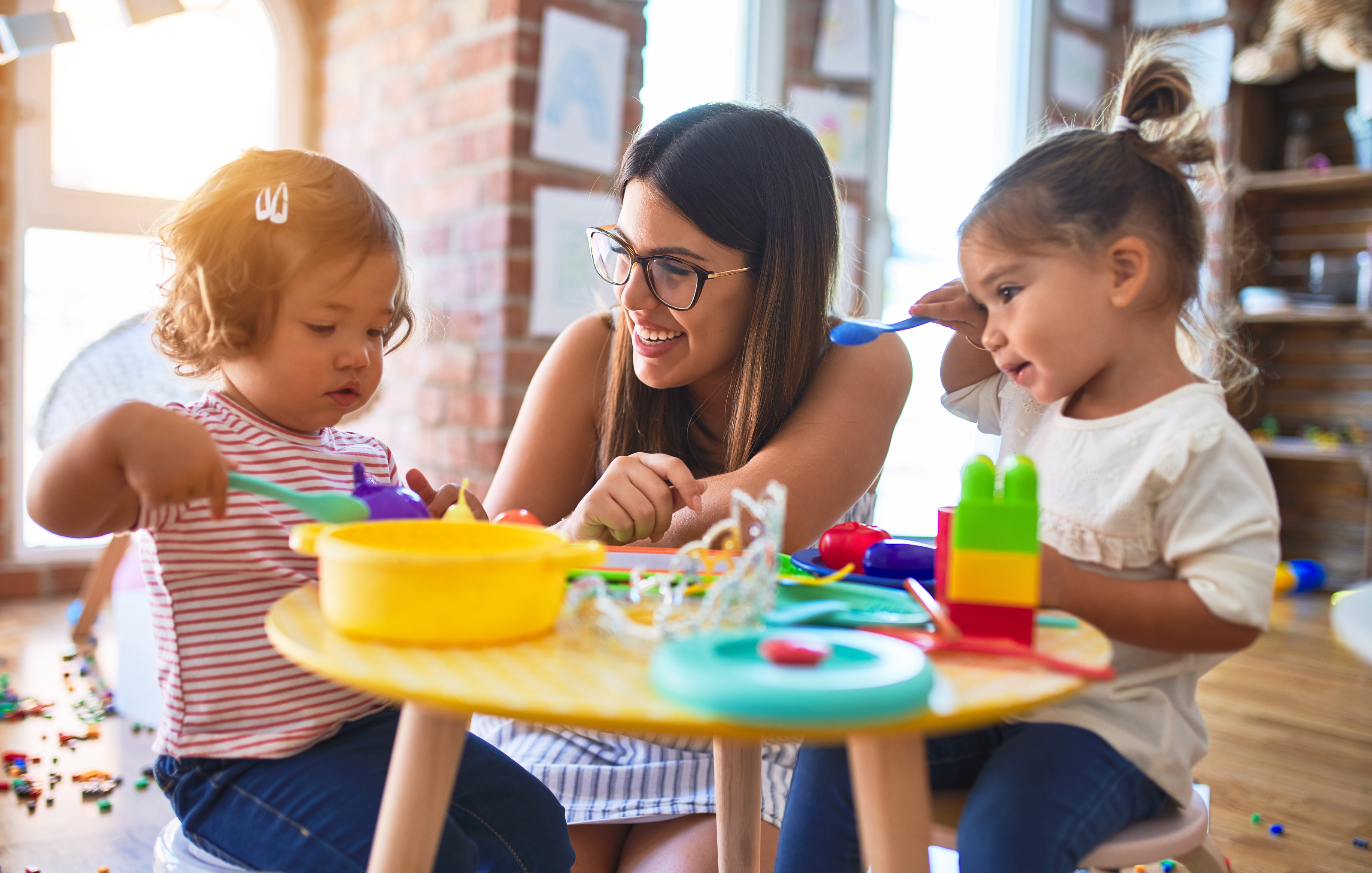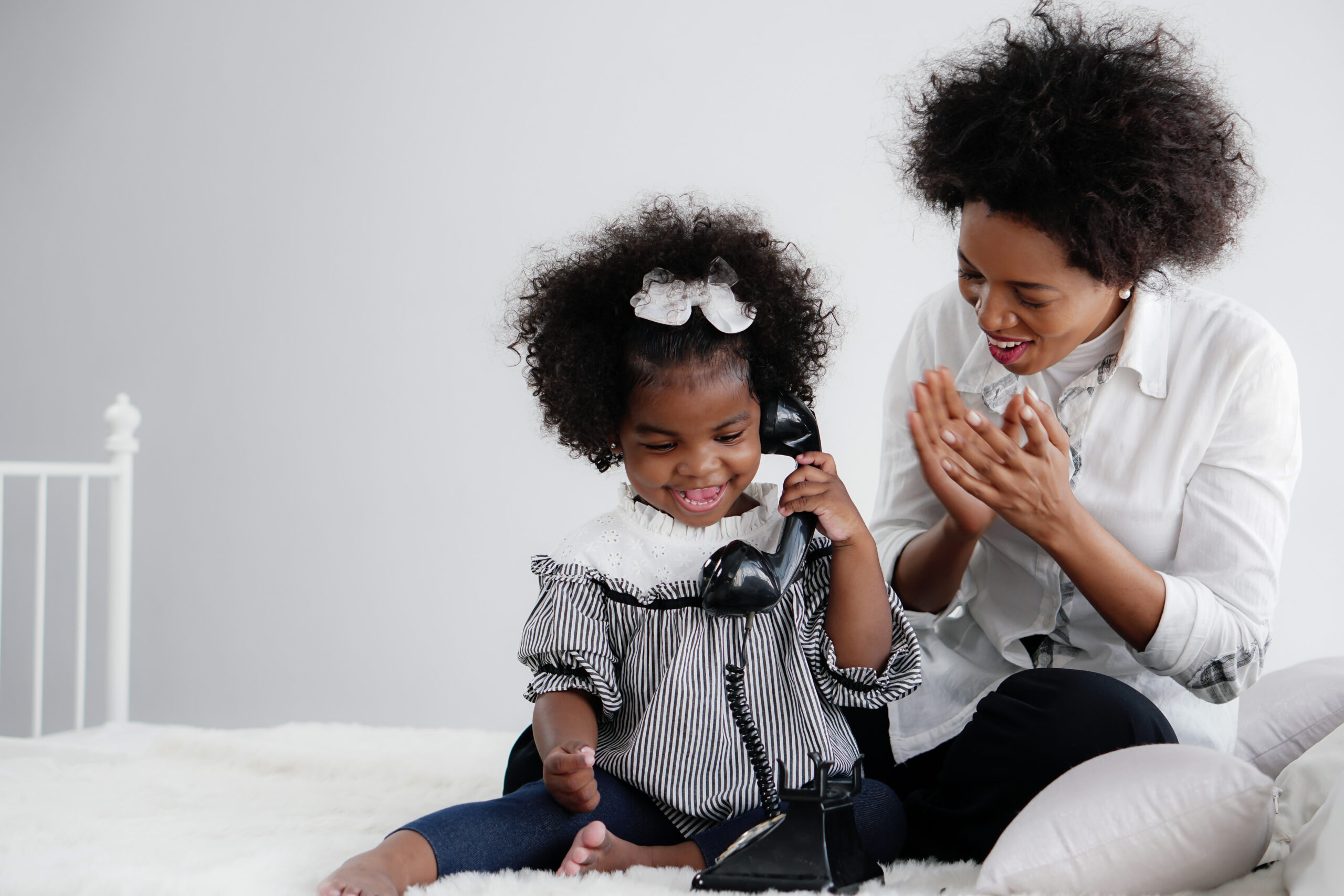5 Activities for Teaching Young Children About Emotions
PublishedHaving the vocabulary to talk about emotions is an important part of healthy social-emotional development. In this blog post, we’re sharing a few simple games and activities you can use to teach young children about emotions. Adapted from the book Unpacking the Pyramid Model, edited by Mary Louise Hemmeter, Michaelene M. Ostrosky, & Lise Fox, these activities are ideal for use in any early childhood program (and families can easily adapt them for home, too!).
Feeling Dice Game
Create “feeling dice” using clear acrylic photo cubes—slide drawings of faces depicting different emotions on each side. (You could also use photos or cutouts from magazines instead of drawings.) In a small group, give each child a chance to roll the dice. When the dice lands, ask the child to identify the feeling and describe a time when they felt that way.
How Would You Feel If…
Brainstorm some common scenarios that might elicit different feelings. A few examples:
- “Your grandma picked you up after school and took you get to ice cream.”
- “Your classmate spilled paint on your drawing.”
- “Your mom yelled at you.”
- “Your brother wouldn’t let you have a turn on the swings.”
Put the scenarios in a hat and pass the hat around the circle or small group while you play music. When you stop the music, the child left holding the hat should pick out a scenario (you can help read it for the child if they can’t yet read). Then ask the child to describe how they would feel if the scenario happened to them.
Feeling Wheel Game
Create a spinning wheel that features different feeling faces. (Need tips on making one? This blog post shows you how to make spinners for games using items you probably have easy access to.) Give each child a chance to spin the feeling wheel. When the spinner lands on a feeling face, ask the child to identify the feeling and talk about an incident that made them feel that emotion.
Feeling Face Bingo
Create feeling face bingo boards for your students, each with 12 squares that feature various feeling faces (you can add more squares for older children). Have children draw a feeling name from a bag and then cover the matching feeling face with the paper that was drawn from the bag. When they cover a face, they can talk about events or memories that made them feel that emotion.
Feeling Face Memory Game
Make 12 pairs of matching feeling faces—you can draw them or find appropriate photos or illustrations to print out. Turn over the face cards and arrange them in a grid. Ask each child to turn two cards over to try to get a match. When they find a match, they can say what the feeling is and describe a time when they felt that way. They set the match aside, and children keep going until all matches are found.
Try these activities with the young children in your program to teach them more about emotions: how to recognize and name them, how to talk about them, and how to pick up on the feelings of others. And share these with parents and other caregivers so they can extend the learning at home!



